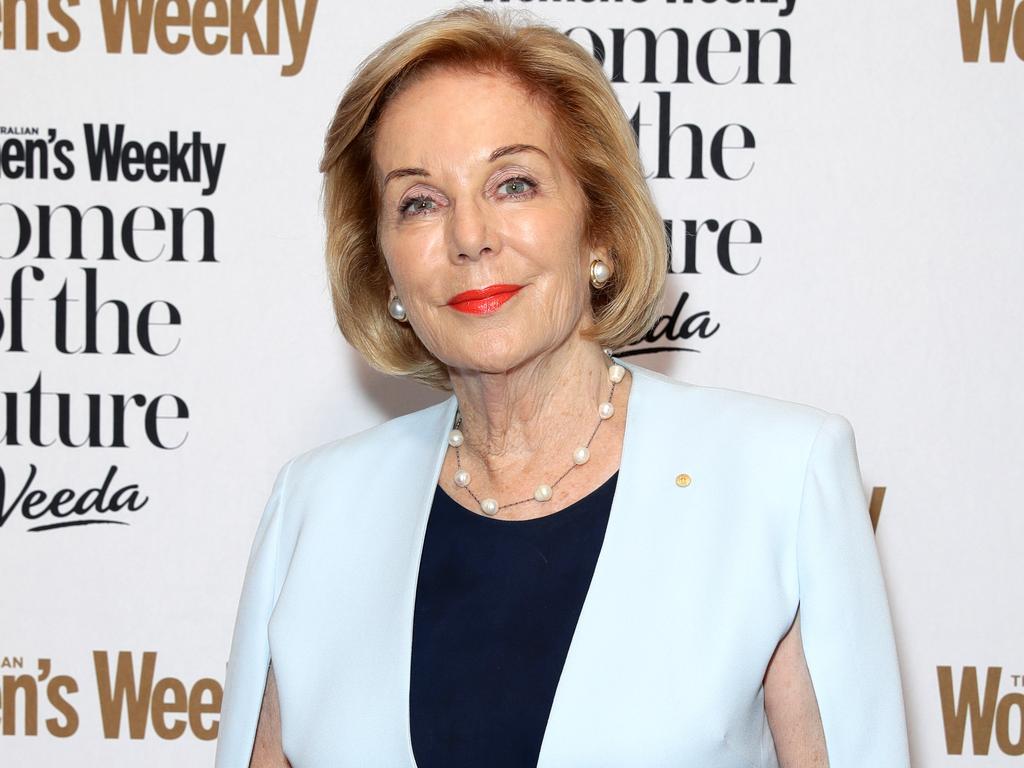
The Coalition has now been in office for more than seven years, but the 2020 pandemic and the change of Prime Minister in late 2018 has effectively allowed a washed up government to start over. Putting its many failings to one side, getting the benefit of the doubt from voters new governments receive.
Consider the reality: seven years in office, debt that had already doubled prior to the pandemic, now at record levels and only heading further north. A political platform of fiscal conservatism which is thoroughly redundant in the modern context. Two prime ministers knifed by their party. Two Nationals leaders who have come and gone.
The Coalition are regarded by voters as the better economic managers, but low wages growth is now a feature of the economy they run. Reforms have been limited or piecemeal. Only now have meaningful industrial relations changes finally been put on the agenda, but the early indications are that the PM may force his minister to walk back from much of what has been tabled in the name of political ease.
Even just since the last election we’ve seen as host of scandals: The sports rorts saga, the inflated price paid for land near Sydney’s second airport paid to a Liberal Party donor, the record $1.2b settlement paid out because of the Robodebt disaster, which also cost lives. Then we have the aged care crisis which was the low point of Australia’s otherwise excellent management of the pandemic.

Morrison while himself at the centre of a number of these failings glides past them, on a guaranteed one way path to victory at the next election. It is hard not to admire the political strength he’s built despite such problems.
As 2020 comes to a close Morrison looks more entrenched than John Howard ever did. The closest was shortly after his 2001 election win, which was only the half way mark of the Howard government’s time in power. We are likely only at the half way mark of this Coalition government’s time in office.
The way Morrison is travelling he looks set to surpass even the Labor Party Bob Hawke and Paul Keating led for time in power.
However, Morrison is more likely to emulate Malcolm Fraser’s government when it comes to output.

The Hawke and Keating years were a high point of governmental reform. Howard too led a reforming administration. Fraser did not.
But Fraser was applauded in his day for winning elections and vanquishing Labor. Morrison is similarly lauded by conservatives for his election winning ways, which are only just getting started.
But if he doesn’t translate that success into meaningful reforms in time Morrison may come to be seen as just another Fraser.
We need to hope he rises beyond that, because in the post pandemic world order some nations will be elevated and others will be diminished. Politically tough reform is the key to success beyond just retaining power.
Peter van Onselen is a professor of politics and public policy at the University of Western Australia and Griffith University








It is a neat piece of political trickery the way the federal government has been able to use the pandemic as a reset. While Scott Morrison got lucky when the spread of the virus overtook events last summer – namely his poor handling of the bushfires – politicians make their own luck, and Morrison has been very good at using this crisis to his advantage.